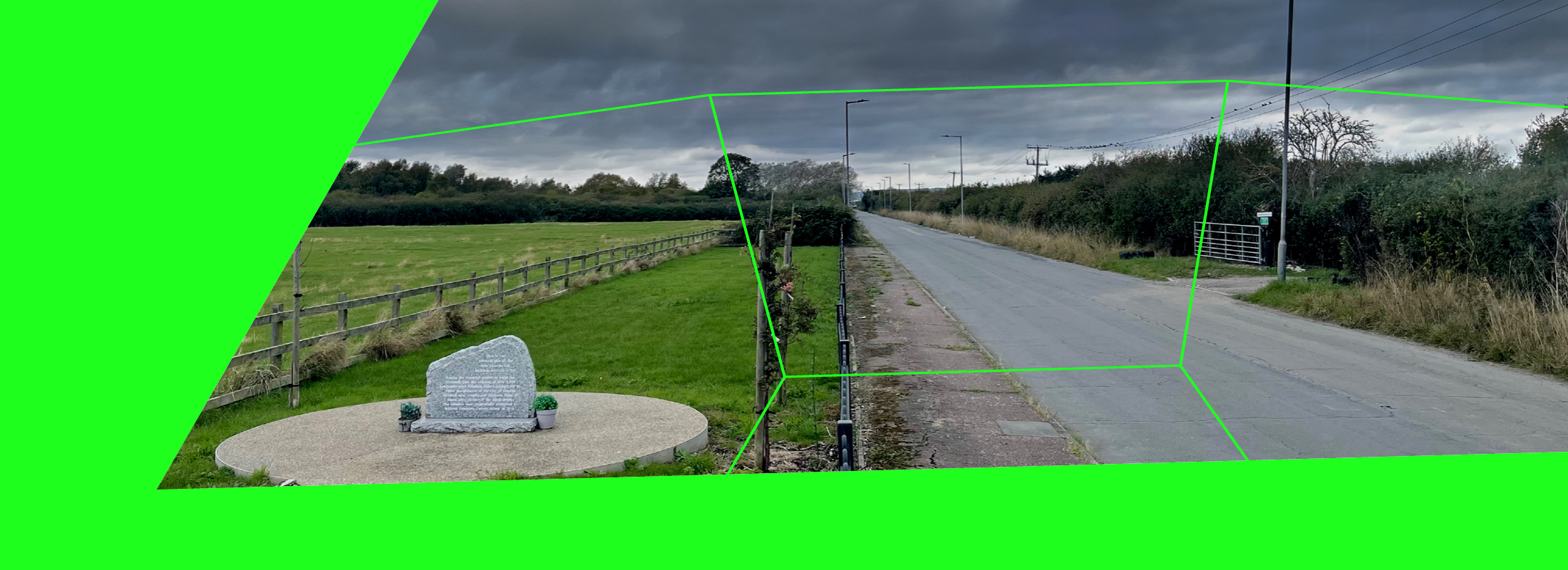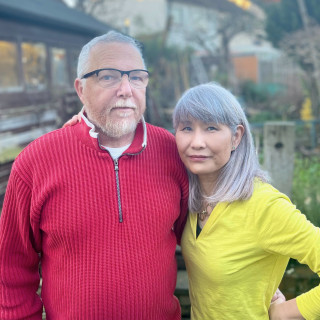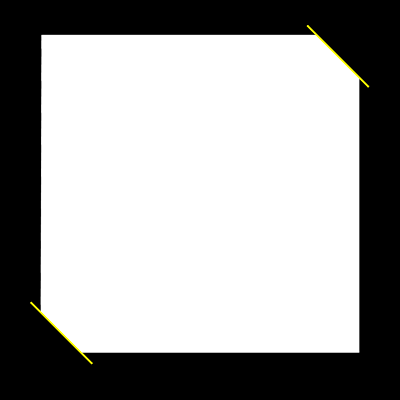Sleeping with the Dead
Sleeping with the Dead is an act of remembrance for those bodies reinterred from Bedlam Burial Ground, London (active 1569 to 1738) to Willow Cemetery, Canvey Island.
The project provides a comfortable space to sleep with the dead while listening to donated heartbeats and under-grave sounds.
When £18.5 billion was invested in Crossrail to build Transport for London’s Elizabeth Line, part of the Bedlam burial ground was unearthed (active 1569 to 1738). The full site contained approximately 25,000 bodies during its 180 years of active use which represented a large proportion of Londoners at the time. The cemetery contained the remains of the poor, the rebellious, diseased, dissenters and the mad. Many people living in Essex will be descended from the disarticulated remains of 3000 people who were respectfully disenterned by T Cribb & Sons in 2016. This jumble of bones were thought to have no specific scientific value or interest at the time and were reburied in a mass grave at Willow Cemetery on Canvey. The soil from the London site was shipped to Wallasea Island, to help build a new RSPB nature research in the Essex Archipelago.
YoHa, a local artist group with an international reputation for pioneering arts projects, are proposing a remembrance of those in the mass grave including the Levellers, John Lilburne and Robert Lockyer and herbalist Nicholas Culpeper at Canvey during Estuary 2025. This will involve a series of workshops and talks, listening to underground sounds and donated heartbeats. YoHa have been collaborating with staff and young people from Canvey youth club Yellow Door, and Goldsmiths, University of London students to find ways to record heartbeats for the remembrance during the festival. YoHa is also working with local writers, sound artists and archaeologists and T Cribb for a weekend of talks and workshops on 28 & 29 June 2025.
“Like the rest of us, now the dead are banished from that unaffordable city.
Let Canvey awaken from this pay-to-go coma and escape a history made against us.
Let's record a multitude of heartbeats in remembrance of the poor, mad,
rebellious and diseased that lay beneath us in Willow Cemetery. Let's
reunite the soil of Wallesea with the Mass Grave on Canvey.
Let's pump each heartbeat into the ground so each worm sings the praise
of the bones of the dead. Unforgetting rhythmic hearts, redeeming our
past, provoking the present, to break with the silence that hides the
violence hidden beneath a progress to nowhere.
Let's rescue Canvey's past from oblivion, listen in those heartbeats to the
before, echoes of our footsteps on London’s streets all those years ago.
Let's listen again to those who came before, the dead who anticipated our
arrival.”
YoHa, 2025
Sleeping with the Dead - Events Programme
All day, 28 and 29 June: Workshop
At 12:30 -13:00 and 16:30 - 17:00 on 28 and 29 June, we will be “Sleeping with the Dead”, tuning into over a hundred heartbeats donated by the people of Canvey and beyond, energising the bedlam database over Stuart Bowditch’s subterranean recordings from Bedlam Mass Grave and Willow Cemetery.
Stuart Bowditch (https://www.stuartbowditch.co.uk/) is an Essex-based artist and sound recordist whose work explores the sonic landscapes of the overlooked and peripheral places.
We will have a large marquee with a good stock of art supplies so if you want to add your own thoughts or art to the activities please come along and draw, paint, perform, meditate, cast a spell or say a prayer for the poor old bones of Canvey.
Throughout both days, Sylak Ravenspine (https://www.essex.ink) invites you to create shiny mud balls, or ‘Hikaru Dorodango’ in Japanese. Dive into the past and get your hands dirty with the rich, layered soil of Essex—featuring a special bucketful from Wallasea Island, where earth from the Bedlam Cemetery was relocated. Sylak is an eco-ink maker and designer based in Essex. He gathers virtually all his materials by hand across the post-industrial landscapes of South Essex.
Talks and Workshops
Saturday 28 June
11:00–12:30: How Did the Poor Old Bones of Canvey Arrive on the Island?
With John & Nicola Cribbs (T. Cribbs and Sons), Robert Hartle (archaeologist), and Graham Harwood (YoHa) Book a place here
T. Cribbs and Sons was established in 1881 and has served the diversity of east end families and their diaspora ever since. John Cribbs and Graham Cribbs have been working to create a funerary museum and were instrumental in forming TCS Exhumations, with Nichola who was responsible for day-to-day operations in the exhumation.
Robert Hartle’s research focuses on the archaeology and history of bodysnatching in London, c. 1700–1832. He was a key archaeologist on The New Churchyard (Bedlam Cemetery) project.
14:00–16:30: Workshop: Bedlam, AI, Grief and Loss – by Syd Moore
This workshop explores how artificial intelligence encounters grief and loss, contrasted with John Tickhill, a rent collector in 1395, describing a walk into Bishopswood which at that time was a wooded area near the old Bethlehem Asylum. Today, that forest is gone, buried beneath roads and concrete—but the emotion survives. Book a place here
Syd Moore (https://www.instagram.com/sydmoorewriter/) is a British author, former television presenter, and activist best known for her Essex Witch Museum Mysteries series, blending supernatural themes with historical intrigue and feminist narratives.
Sunday 29 June
11:00–12:30: Roundtable – What is the Place of Art and Cultural Practice Within Death and Remembrance?
With Tom King, Andrea Cunningham (Metal), Graham Harwood (YoHa, Goldsmiths) Book a place here
HS2 has requested the excavation of over 30,000 bodies from its intended path—just one of many infrastructure projects that involve large-scale disinterment and reburial. How can socially engaged art or cultural practice operate in this space? What role can artists play in archaeology—or when life is ending?
Tom King is the author of Thames Estuary Trail: A Walk Round the End of the World and The Long Path Through the Woods, documenting a 1,500-mile walk through England’s ancient forests.
Andrea Cunningham (https://metalculture.com/) is Director of Metal Southend, a national arts organisation, and was previously Head of Learning & Skills at the V&A Museum of Childhood.
Graham Harwood is co-founder of Mongrel, Mediashed and YoHa and Reader in Cultural Studies at Goldsmiths, University of London
11:00–15:00: Workshop with Lora Aziz
A walk and talk focusing on specific plants, weaving in Nicholas Culpeper’s radical democratisation of medical knowledge (associated with the grave), women herbalists in 17th-century London, and contemporary Palestinian plant medicine being used today. Book a place here
Lora Aziz is a British-Egyptian interdisciplinary artist, author, and wildcrafter based in Essex, known for her work in visual anthropology, herbalism, and experimental calligraphy.
14:00–16:30: Workshop – Canvey: A Space of Dreams
With Jill Westwood & Lesley Morris Book a place here
You are invited to join a Social Dream Matrix for Sleeping with the Dead. Come and re-remember the forgotten souls of Bethlehem Cemetery—collapsed bones beneath the city’s muddy veil. Under the skin of the living, shrouds of memory unfold. Let the spirit of Dr. Feelgood guide us in awakening the echoes of the past, releasing the soul of a place too often overlooked.
Social Dreaming Matrix is a process where people participate in one another’s dreams—whether night dreams or associations from active imagination. This session explores how shared social meaning can emerge through art-making and group discussion. Participants are encouraged to observe and reflect on their dreams in the lead-up to the event.
Lesley and Jill are artists, art psychotherapists, and educators whose 15-year collaboration—rooted in life along the Thames—draws on new materialist thought. They use art as enquiry to explore materiality, space-time entanglements, and the call of the wild within the cosmic unknown.
17:00 18:00 Close
Project Image: YoHa (Matsuko Yokokoji, Graham Harwood), Sleeping with the Dead, 2025, YoHa.

 maybe later
maybe later



